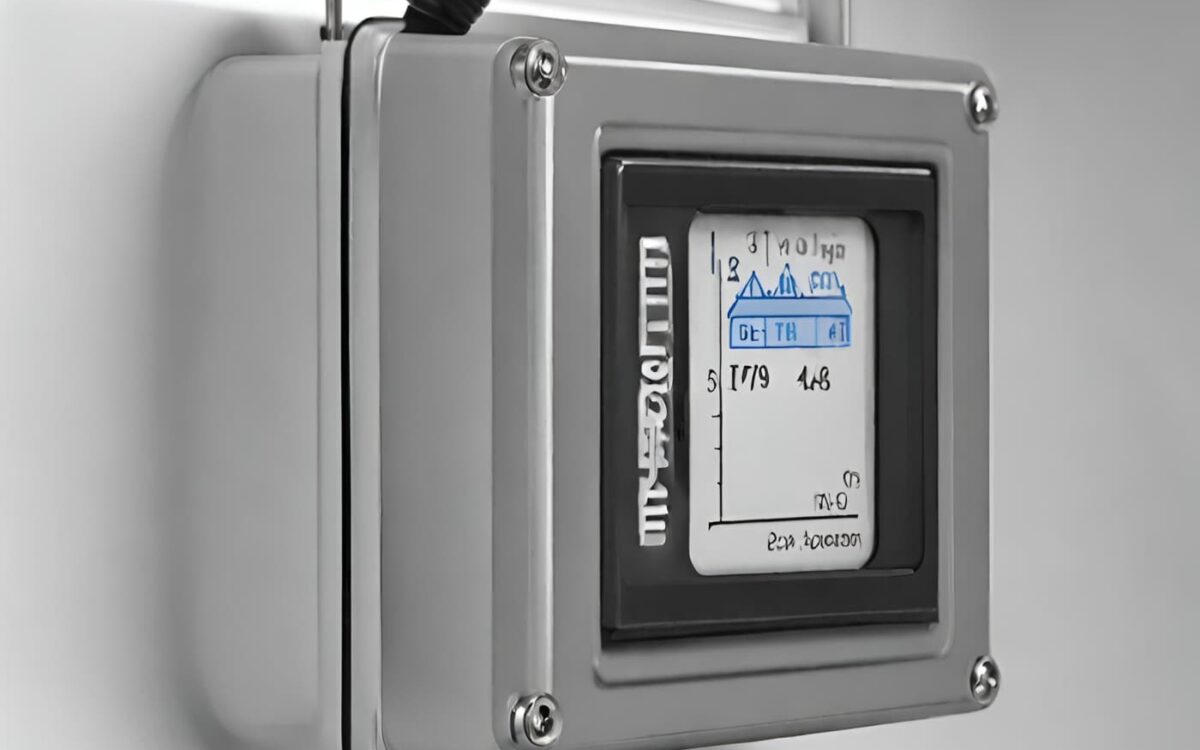In the world of HVAC (Heating, Ventilation, and Air Conditioning), precision is paramount. Temperature control within ducts plays a vital role in ensuring comfort and energy efficiency. Duct temperature sensors, including MAMAC duct temperature sensors and Senva sensors, are the unsung heroes behind this precise control. In this guide, we will explore the importance of calibrating duct temperature sensors for accurate readings, helping you maintain the optimal performance of your HVAC system.
The Significance of Duct Temperature Sensors
Duct temperature sensors are the invisible sentinels within HVAC systems, constantly monitoring and adjusting temperature settings to maintain a comfortable indoor environment. These sensors play a pivotal role in energy efficiency, preventing unnecessary heating or cooling, which can lead to significant cost savings over time.
In a typical HVAC system, duct temperature sensors are strategically placed within the ductwork, ensuring that the air being delivered to different zones in a building is at the desired temperature. For instance, in a large office building, multiple sensors may be distributed throughout the ductwork to ensure that each floor or section receives precisely conditioned air.
These sensors are designed to be highly responsive, quickly detecting any fluctuations in temperature. When the temperature deviates from the setpoint, the sensors send signals to the HVAC system’s control unit, triggering the necessary adjustments. For example, if the temperature in a conference room rises due to sunlight exposure, the sensors will signal the HVAC system to increase cooling to maintain the desired temperature.
Understanding Duct Temperature Sensor Calibration
To comprehend the significance of calibration, it’s essential to grasp the concept of sensor drift. Over time, all sensors, including duct temperature sensors, may deviate from their initial accuracy due to environmental factors, wear and tear, or electronic changes. This deviation can result in readings that are slightly or significantly off, impacting the performance of the HVAC system.
Sensor drift can occur for various reasons. Environmental factors such as dust, humidity, and exposure to direct sunlight can affect sensor accuracy. Additionally, electronic components within the sensor may undergo subtle changes, leading to deviations in readings. To ensure that duct temperature sensors continue to provide precise measurements, periodic calibration is necessary.
Calibration involves adjusting the sensor’s output to match a reference standard. This process ensures that the sensor readings remain accurate and reliable over time. Without calibration, sensor drift can lead to decreased HVAC system performance, reduced energy efficiency, and potential discomfort for building occupants.
By calibrating duct temperature sensors regularly, building owners and facility managers can maintain optimal HVAC system performance, providing consistent comfort while maximizing energy savings. It is a proactive approach to ensure that the HVAC system operates as efficiently as possible, contributing to a comfortable and cost-effective indoor environment.
Steps to Calibrate Duct Temperature Sensors
Calibrating duct temperature sensors involves a systematic process to adjust them back to their intended accuracy. Here’s a step-by-step guide on how to calibrate these sensors:
- Prepare for Calibration: Gather the necessary equipment, including a reference thermometer, a screwdriver, and access to the sensor’s adjustment potentiometer.
- Measure the Deviation: Compare the sensor’s readings with those of the reference thermometer to determine the extent of deviation.
- Adjust the Sensor: Using the adjustment potentiometer, make incremental changes until the sensor’s readings match those of the reference thermometer.
- Verify Accuracy: Double-check the sensor’s accuracy by taking multiple readings and comparing them with the reference thermometer.
- Record the Calibration: Document the calibration process, including the initial deviation and the adjustments made.
Importance of Regular Calibration
Calibrating duct temperature sensors is not a one-time task but a continuous process. Regular calibration is essential to ensure that sensors maintain their accuracy over time. Failure to do so can result in inaccurate temperature readings, leading to inefficiencies in the HVAC system.
Common Calibration Challenges and Solutions
Calibration may come with its fair share of challenges, including sensor drift caused by environmental factors or electronic variations. To overcome these challenges, it’s crucial to:
- Shield sensors from environmental influences.
- Use high-quality sensors with stable components.
- Periodically inspect sensors for wear and tear.
Benefits of Calibrating Duct Temperature Sensors
The benefits of calibrated duct temperature sensors extend beyond accuracy. These benefits include:
- Energy Savings: Calibrated sensors help HVAC systems operate efficiently, reducing energy consumption and utility costs.
- Improved Comfort: Accurate temperature control ensures that indoor spaces are consistently comfortable.
- Extended Equipment Life: Properly calibrated sensors can prolong the lifespan of HVAC equipment by preventing excessive wear and tear.
Conclusion
In the realm of HVAC, calibrating duct temperature sensors is an essential practice that ensures accurate readings, energy efficiency, and optimal comfort. Regular calibration not only helps you save on energy costs but also extends the life of your HVAC system. Whether you rely on MAMAC or Senva sensors, investing in calibration is an investment in the long-term performance of your HVAC system.
